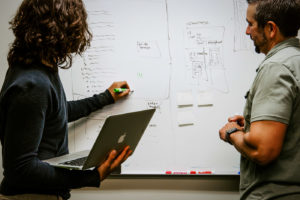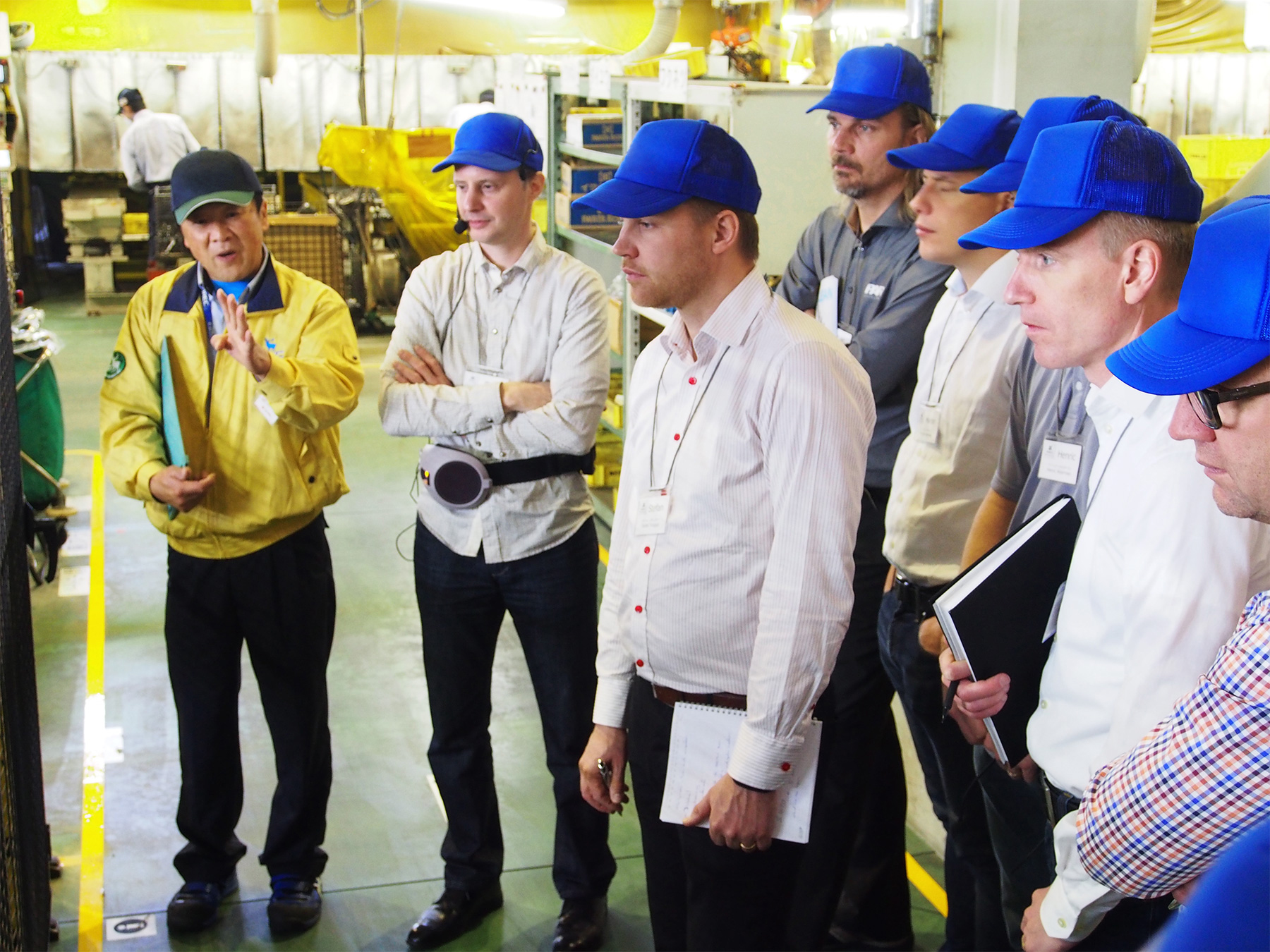Unleashing the power of the Five Whys technique for masterful problem-solving

In a world where organisations are constantly striving for growth and success, the ability to effectively solve problems is a vital skill.
Incorporating problem-solving techniques
When incorporating problem-solving techniques into a team culture of continuous improvement, the Five Whys is a powerful method that helps teams identify the root cause of a problem. In this blog post, we will take a closer look at the Five Whys problem-solving technique, explore its benefits, and provide a step-by-step guide with a real-world example to help you put this valuable tool into practice. Let’s optimise your team’s problem-solving capabilities and set the stage for success!
Understanding the Five Whys technique
The Five Whys technique is a simple yet effective problem-solving method that seeks to identify the root cause of a problem by asking “why” five times. Developed by Sakichi Toyoda, the founder of Toyota Industries, this technique has become a cornerstone of the Toyota Production System and is widely used in various industries for root cause analysis.
The primary goal of the Five Whys technique is to dig deep into a problem and uncover the underlying cause, rather than merely addressing the symptoms. By targeting the root cause, teams can implement long-lasting solutions that prevent the issue from reoccurring and foster a culture of continuous improvement.
Benefits of the Five Whys technique
The Five Whys technique offers several benefits, making it an essential tool in any problem solver’s arsenal:
- Simplicity: The Five Whys technique is easy to understand and implement, requiring no specialised tools or extensive training.
- Cost-effective: As it does not require expensive resources, this technique can be readily employed by teams of any size and budget.
- Promotes critical thinking: By encouraging team members to ask “why” multiple times, the Five Whys technique stimulates deeper analysis and fosters a mindset of curiosity and critical thinking.
- Uncovers root causes: By focusing on the underlying cause of a problem, the Five Whys technique promotes the development of effective, long-term solutions rather than quick fixes.
- Facilitates collaboration: The Five Whys technique can be used in a group setting, encouraging open communication and fostering teamwork as team members collaborate to identify the root cause of a problem.
Implementing the Five Whys technique: a step-by-step guide
Now that we’ve explored the benefits of the Five Whys technique, let’s delve into the process of implementing it with a step-by-step guide.
Step 1: Define the Problem Clearly- State the problem that your team is facing. It’s crucial to have a well-defined problem statement to ensure that everyone is on the same page and focused on the right issue.
Step 2: Ask “Why” the Problem is Occurring- Ask your team members “why” the problem is happening and note down the answer. Encourage open communication and active participation from all team members to gather diverse perspectives.
Step 3: Repeat the “Why” Process Continue asking “why” for the previous answer and note down the response. Repeat this process until you have asked “why” five times or until you have reached a root cause.
Step 4: Analyse the Responses- Review the responses gathered during the Five Whys process and analyze them to identify the root cause of the problem.
Step 5: Develop and Implement a Solution- Once you’ve identified the root cause, work with your team to develop a solution that addresses it. Implement the solution and monitor its effectiveness, making adjustments as necessary.
Real-world example: applying the Five Whys technique
To illustrate the power of the Five Whys technique, let’s examine a real-world example:
Scenario: A customer support team has been receiving a significant number of complaints about delayed responses to customer inquiries.
Step 1: Define the Problem Problem statement: The customer support team is experiencing delays in responding to customer inquiries, leading to increased customer complaints.
Step 2: Ask “Why” the Problem is Occurring: Why are there delays in responding to customer inquiries? The customer support team is overwhelmed by the volume of inquiries.
Step 3: Repeat the “Why” Process
- Why is the customer support team overwhelmed with the volume of inquiries? The team is understaffed.
- Why is the team understaffed? There has been a high employee turnover rate.
- Why has there been a high employee turnover rate? Employees are experiencing burnout due to the demanding workload.
- Why are employees experiencing burnout? There is a lack of proper workload management and support resources.
Step 4: Analyse the Responses- Upon analysing the responses, the root cause of the problem appears to be the lack of proper workload management and support resources, leading to employee burnout and high turnover.
Step 5: Develop and Implement a Solution- To address the root cause, the company can develop and implement a solution that includes better workload management, additional support resources, and employee training. This may involve hiring more customer support team members, implementing more efficient customer support tools, and providing stress management training to the team.
The Five Whys technique is a powerful problem-solving tool
This tool helps teams uncover the root cause of a problem and develop effective, long-lasting solutions. By understanding the benefits of the Five Whys technique and following the step-by-step guide outlined in this blog post, you can optimise your team’s problem-solving capabilities and foster a culture of continuous improvement. Embrace the Five Whys technique and unlock your team’s full potential!
Reach out if you want to know more about how to create a culture of continuous environment in your workplace or book a discussion to find out how we can help your business.
Respect,
Taylor
Subscribe for updates
We provide free updates and advice regularly to help you improve your business and leadership skills, and for exclusive content there is a paid subscription too!
Follow us on YouTube
Our YouTube channel is a must for Leaders in business who want to empower their teams and improve their processes. You'll find plenty of our current thinking there
Build your Capability with our Members Program

We do consulting differently, in that we believe in building your capability to improve - we want to provide you with the secrets to success, not keep it all to ourselves! Our exclusive Member Program coaches you to be a great Leader, to empower your people to drive improvement, and identify large gains in employee engagement, quality and performance.
Talk to a consultant
We love to have a chat. We also like to make sure we have time just for you. You can book a chat and we can discuss your continuous improvement journey. We are happy to provide as much obligation-free advice as we can during the call, including what would be the recommended next steps for you to take.

